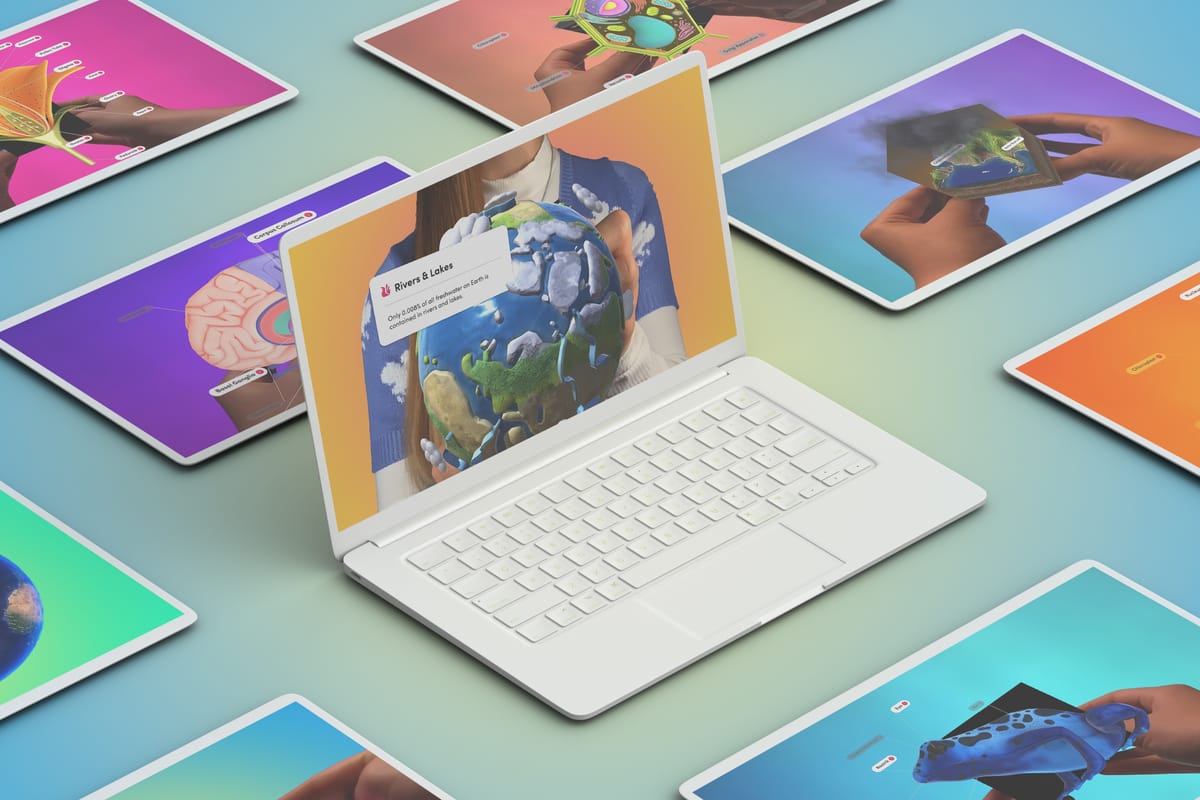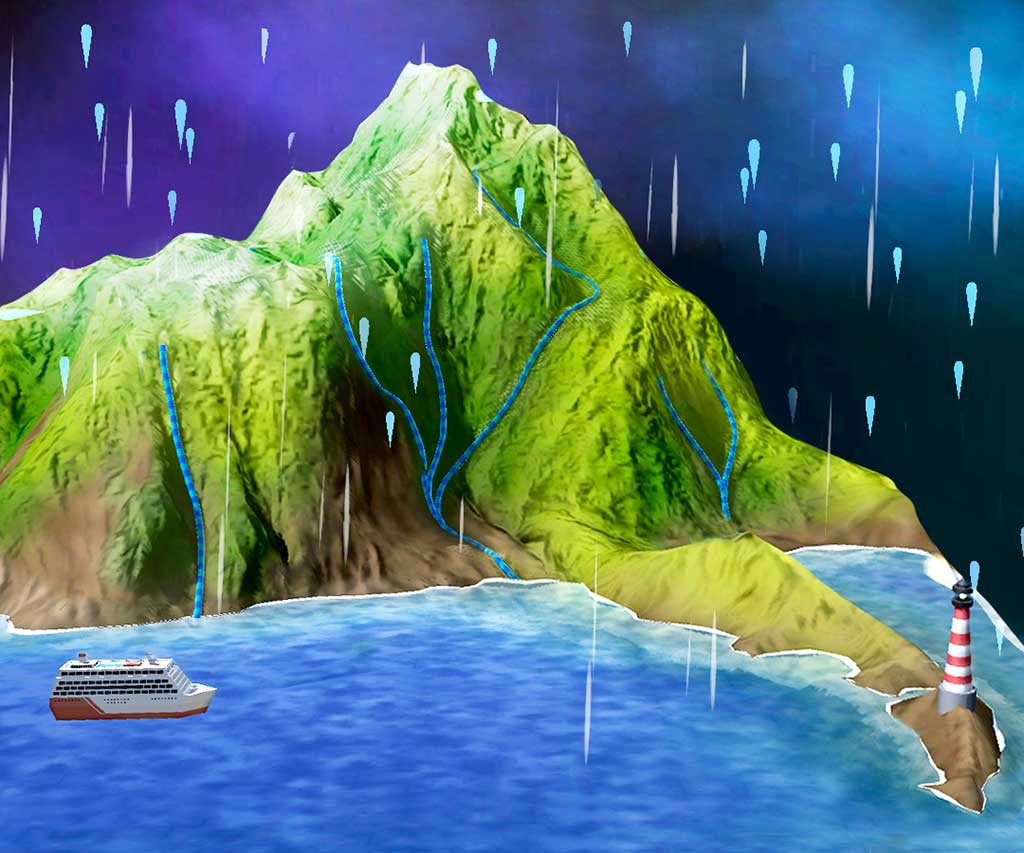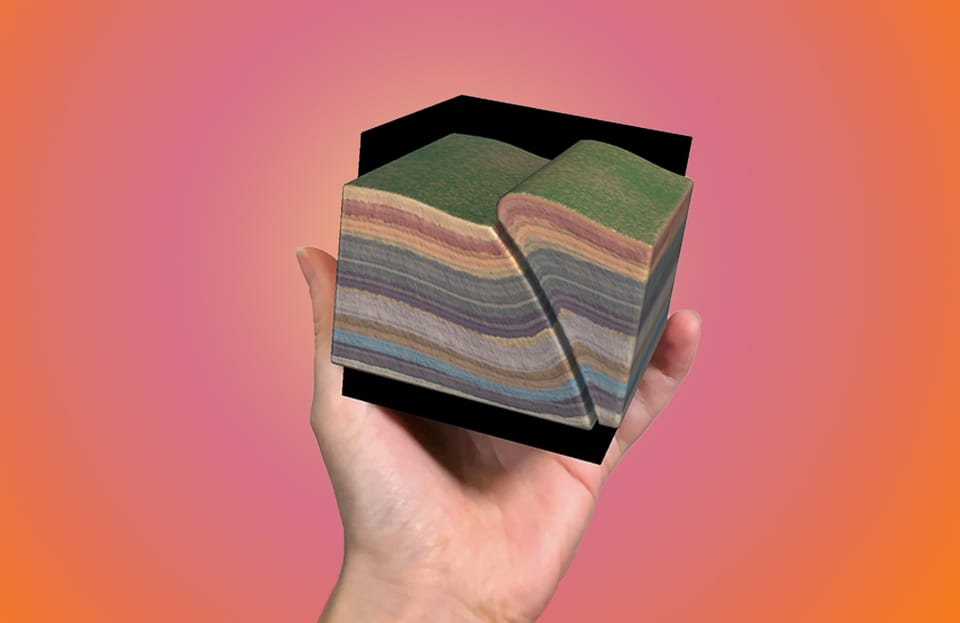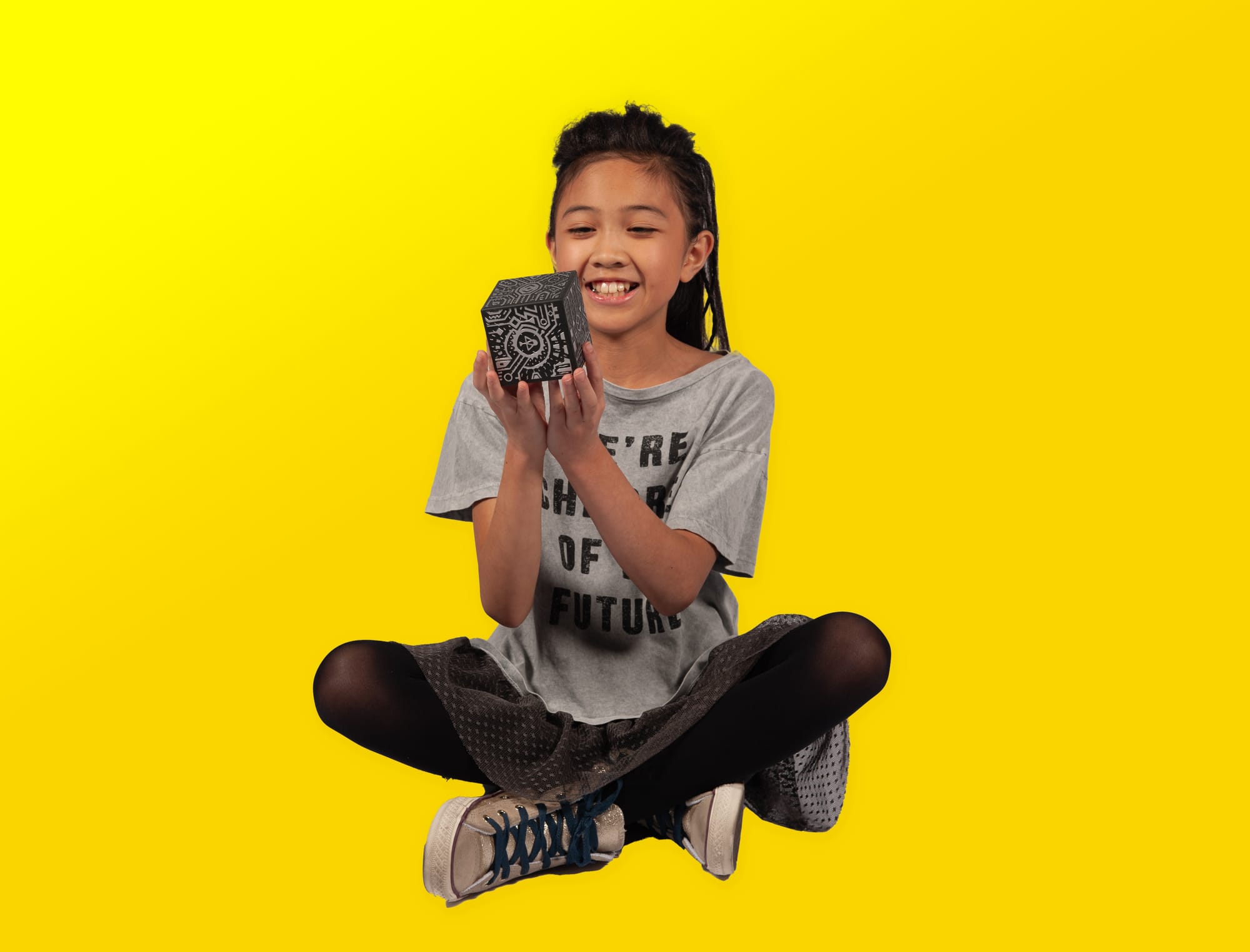5 Innovative Ways to Integrate Augmented Reality with Merge EDU in Your Back-to-School STEM Program
Here are five ways to use Merge EDU in your STEM and science programs this fall!

As we gear up for another exciting school year, it's time to explore new ways to engage students and bring STEM concepts to life. Hands-on augmented reality with Merge EDU offers incredible opportunities to create powerful, immersive learning experiences.
Dive into the Water Cycle
Bring the water cycle out of the textbook and into your classroom with the Water Cycle activity in the Merge Explorer app! Students can visualize the entire process - from evaporation, condensation, precipitation and even water run off - using hands-on augmented reality. Watch as evaporated water rises from oceans, forms clouds, and returns to Earth as rain. This visual and interactive approach helps students grasp the cyclical nature of water movement and its importance in our ecosystem.

Analyze Weather Patterns
Weather can be a complex topic, but AR makes it more accessible and engaging! Use Merge EDU to project 3D simulations of weather systems, allowing students to observe how different factors interact to create various weather conditions. From high and low-pressure systems to the formation of hurricanes, AR brings these abstract concepts into tangible view, enhancing engagement and curiosity in students!

Explore Rotation and Revolution
Space science becomes easier to visualize when students can manipulate 3D models of celestial bodies. With Merge EDU, students can see the rotation of the Earth on its axis and its revolution around the Sun in the palm of their hands. They can observe how these movements affect day and night and seasons. This hands-on approach to astronomy can spark curiosity and deepen interest in our place in the solar system.

Optimize the Engineering Design and 3D Printing Processes
Students get feedback faster and discover problems quicker when they can hold and inspect their 3D designs or place them in the real world. Students simply create their own 3D model in TinkerCAD or other 3D modeling program, then upload them to Merge EDU. Your STEM lab will save time and material with AR/3D print preview and you can get the most out of your 3D printers.

Examine Cells and Animal Skulls
What science teacher doesn’t wish they have a closet full of Animal skulls or high powered microscopes for their students? With Merge EDU, biology lessons become more engaging when students can hold and manipulate 3D models of microscopic cells or animal skulls. The Merge Object Viewer app allows students to examine these structures up close, rotating and zooming to observe details that might be missed in traditional 2D images. The immersive content in Merge EDU engages students with fun, multi-sensory experiences they can explore naturally and intuitively.


Implementing augmented reality experiences in your STEM program can transform how students interact with complex STEM and science concepts. You can inspire the next generation of innovators and problem-solvers by making abstract ideas tangible and explorable with Merge EDU. Let's make this school year the most engaging and interactive yet!







